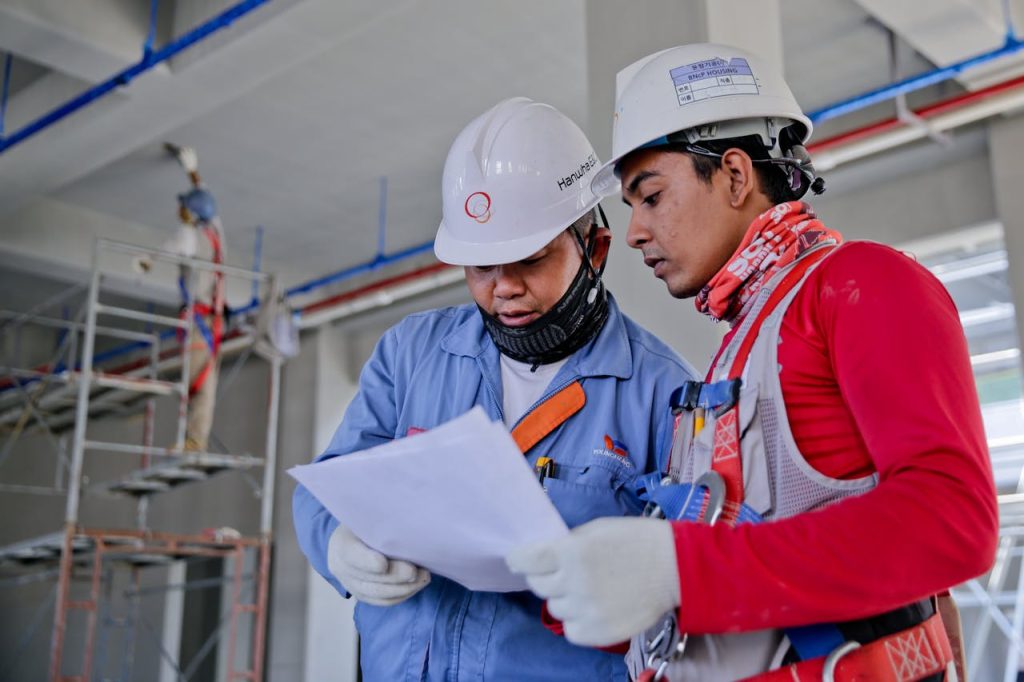When you encounter a dangerous site, it’s critical to handle the situation responsibly. Unsafe conditions can lead to serious injuries or even fatalities if they aren’t addressed promptly. Before reporting a hazardous area, especially a construction site, you need to gather key evidence to strengthen your claims. This not only helps the appropriate authorities take action but also ensures your concerns are taken seriously. Taking the time to be thorough can help solve the issue more smoothly and quickly. Collecting evidence is about documenting what makes the site unsafe and preserving proof that supports your observations.
Take Photos and Videos of the Hazard
One of the most reliable ways to document a dangerous site is by taking clear photos and videos. Visual evidence provides an accurate record of the conditions that could cause harm. Capture images of any broken equipment, exposed wiring, unstable structures, or missing safety barriers. Make sure the photos and videos show the severity of the hazard from multiple angles. This helps convey the extent of the danger to authorities or other parties. Be mindful of your safety while documenting the site and avoid putting yourself at risk to get a closer view.
Record the Location of the Hazard
Knowing exactly where the unsafe conditions are is essential when reporting them. Take note of the specific address, intersection, or landmarks near the site. If possible, pinpoint the location using a smartphone GPS feature. Precise location details allow investigators or inspectors to locate the area quickly. Without this information, it’s harder for someone to figure out or fix the problem. A lack of clarity about where the site is may delay action, putting more people at risk. The clearer your report, the faster it can prompt a response.
Document Dates and Times
Keeping track of when you observed the unsafe site can be just as important as detailing what you saw. Note the date and time of your visit, and record any repeat visits if the hazards remain. This information creates a timeline that can be helpful for authorities or investigators. If the danger persists over a period, it shows negligence or inaction by those responsible. Make sure to include this information in any report you file. Authorities need these details to verify the urgency of the situation and understand how long the hazard has been a threat.
Identify Witnesses When Possible
If others have noticed the unsafe conditions, their accounts can strengthen your case. Talk to individuals working at or near the site, passersby, or residents in the area. Their observations can confirm your claims and provide additional perspectives. Ask for their names and contact information, with their permission, in case investigators need to follow up. Witness statements are especially helpful if they describe how the site has remained dangerous over time. A shared concern from multiple people is harder to dismiss than a single individual’s report.
Collect Evidence of Non-Compliance
If the site involves a construction zone, look for signs of safety violations. Missing warning signs, inadequate fencing, and workers not wearing protective gear are examples of non-compliance with safety regulations. These details suggest a pattern of neglect that could pose serious risks. See if you can find out which company or organization runs the site. Company logos on signs, equipment, or uniforms can be useful for your report. Finding proof of non-compliance helps show the risks and clarifies who needs to fix them.
Preserve Your Notes and Evidence Safely
After gathering evidence, keep everything stored securely to avoid losing valuable information. Store your photos, videos, and documents somewhere safe, like in cloud storage or a locked folder on your device. Avoid sharing evidence publicly or with unauthorized individuals before making an official report. This prevents the tampering or misuse of your materials. Present your findings only to trusted authorities or organizations. Preserving your evidence ensures it remains credible and available when needed, whether for investigations or legal proceedings.
Speaking up about a dangerous site can help protect others and keep everyone safe. Before making your report, gather as much clear and detailed evidence as possible. Photos, videos, and precise location details provide the foundation for a strong case. Recording dates, times, and witness accounts adds to the credibility of your concerns. Highlighting violations of safety standards strengthens the urgency of your report. Keeping your evidence organized and secure ensures it is ready for review by the proper authorities. Thorough documentation increases the likelihood of prompt action and reduces risks for everyone in the area. Taking these steps shows your commitment to making environments safer for the community.


